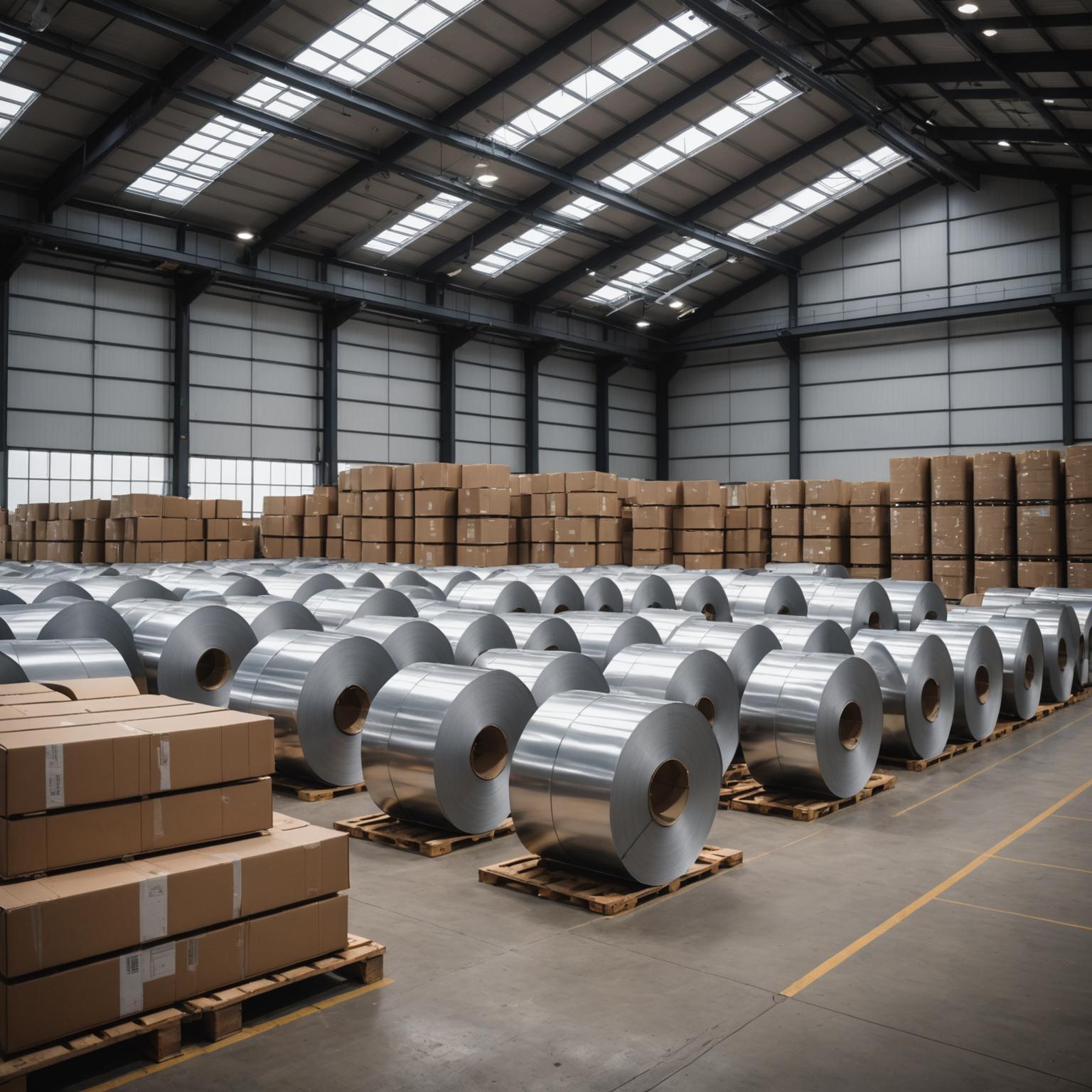Have you ever wondered about the intricate process behind the creation of everyday industrial marvels? If you want to learn how to make it, one of the most fascinating examples is the humble yet essential stainless steel pipe. Found everywhere from architectural structures and automotive exhaust systems to critical medical devices and food processing plants, these tubes are cornerstones of modern engineering. Their strength, corrosion resistance, and sleek appearance are no accident. They are the result of a highly controlled and precise manufacturing journey that transforms raw metal into a product of exceptional quality and reliability. This guide will walk you through the step-by-step process, demystifying the creation of these versatile components.
Sourcing the Raw Materials: The Foundation of Quality
The journey of every stainless steel pipe begins with the careful selection of raw materials. The quality of the final product is directly tied to the quality of the initial steel. The process starts with large coils or solid cylindrical billets of stainless steel. The specific grade of steel is chosen based on the intended application. For instance, Grade 304 is a common choice for general-purpose applications due to its excellent corrosion resistance and formability, while Grade 316, which contains molybdenum, is preferred for marine environments or applications involving chlorides due to its superior resistance to pitting and corrosion. These alloys, primarily composed of iron, chromium, and nickel, are what give stainless steel its renowned properties. Chromium forms a passive, invisible layer on the surface that protects the steel from rust and staining, ensuring long-term durability and performance.
The Two Paths of Creation: Welded vs. Seamless Pipes
Once the raw material is selected, there are two primary methods used to form it into a tube: welding or creating a seamless pipe. The choice of method depends on the required pressure rating, dimensions, and cost-effectiveness for the application.
The welded pipe manufacturing process begins with a stainless steel coil being unrolled and passed through a slitting machine, which cuts the wide coil into narrower strips. The width of these strips corresponds to the final circumference of the pipe. These strips are then fed through a series of rollers that progressively bend the flat metal into a round, hollow shape. Once the cylindrical form is achieved, the two edges of the strip are brought together and welded. High-frequency welding techniques like Tungsten Inert Gas (TIG) or laser welding are often used to create a strong, clean, and consistent seam. After welding, the newly formed tube passes through sizing rollers to ensure it meets exact dimensional specifications and is then straightened to eliminate any bowing.
In contrast, the seamless pipe process creates a tube with no longitudinal weld seam, making it ideal for high-pressure and high-temperature applications. This method starts with a solid, cylindrical billet of steel heated to an extremely high temperature in a furnace. The glowing hot billet is then pierced through its center using a mandrel. This initial piercing creates a hollow shell, which is then elongated and stretched over a piercing point in a mandrel mill. This rolling and stretching process reduces the wall thickness and increases the length of the tube, all while achieving precise inside and outside diameter specifications. Because there is no weld, the structural integrity is uniform throughout the circumference, offering superior strength under stress.
Post-Formation Refinement: Finishing and Treatment
Simply forming the tube is not the end of the process. To achieve the desired mechanical properties and surface finish, the newly made stainless steel pipe must undergo several finishing stages. One of the most critical steps is annealing, a form of heat treatment. The pipe is heated to a specific temperature and then cooled under controlled conditions. This process relieves internal stresses that may have built up during the forming and welding processes, restoring the steel’s ductility and enhancing its corrosion resistance. After annealing, the pipes are cut to their required lengths. The ends are then deburred to ensure they are smooth and free of sharp edges. To guarantee maximum cleanliness and corrosion resistance, the pipes are subjected to a pickling and passivation process. They are cleaned to remove any surface impurities and then dipped in an acid bath (pickling) to remove the heat-induced oxide scale, followed by a passivation process that helps reform the protective chromium oxide layer.
Ensuring Excellence: Rigorous Quality Control
A commitment to quality is paramount in pipe manufacturing, so every batch undergoes rigorous testing before it is approved for shipment. A variety of non-destructive testing (NDT) methods are employed to ensure the integrity of the product. For welded pipes, techniques like eddy current testing are used to scan the weld seam for any potential imperfections. For both welded and seamless pipes, ultrasonic testing can be used to detect internal flaws. Hydrostatic testing is another crucial step, where the pipe is filled with water and pressurized to a level far beyond its normal operating pressure to check for leaks and confirm its mechanical strength. Finally, technicians perform meticulous dimensional checks, measuring the outside diameter, wall thickness, length, and straightness to ensure every piece meets the precise specifications required by the end-user. This comprehensive testing guarantees that each stainless steel pipe leaving the facility is a product of supreme quality, ready to perform reliably in its intended application.








